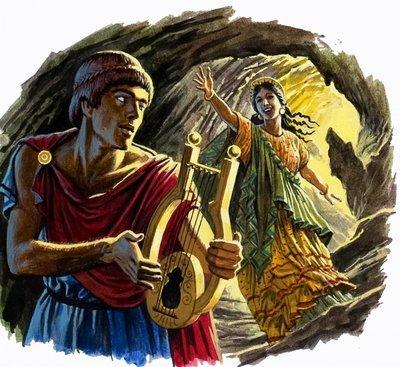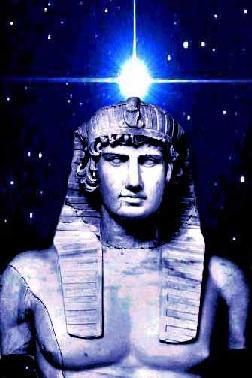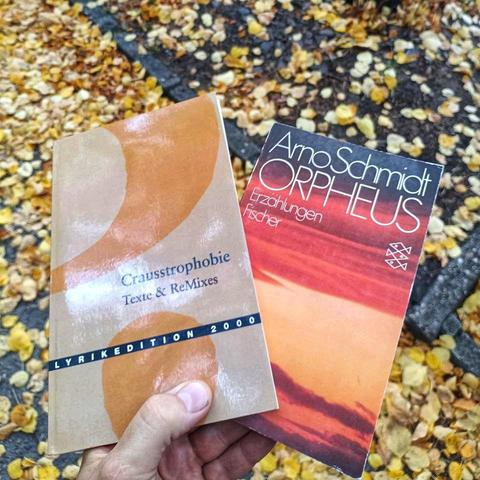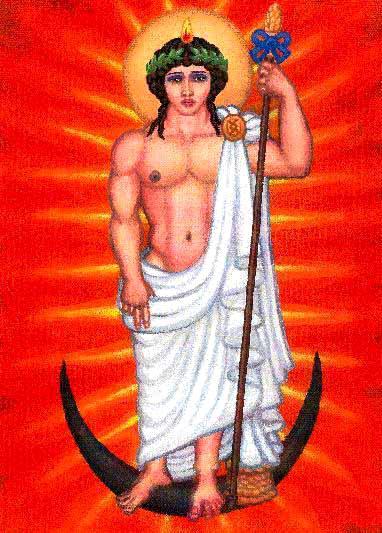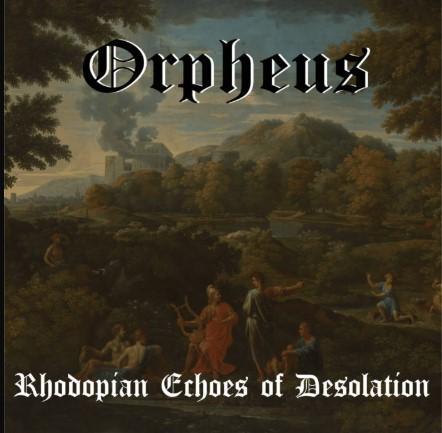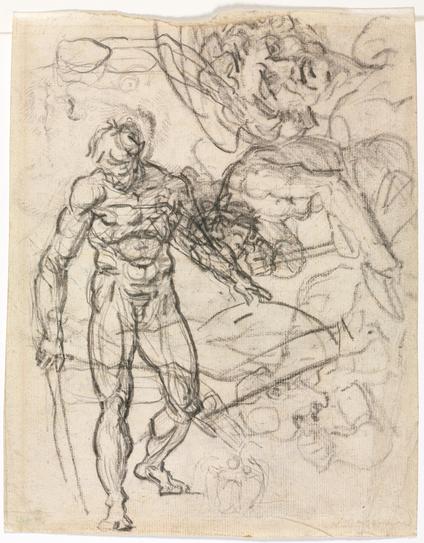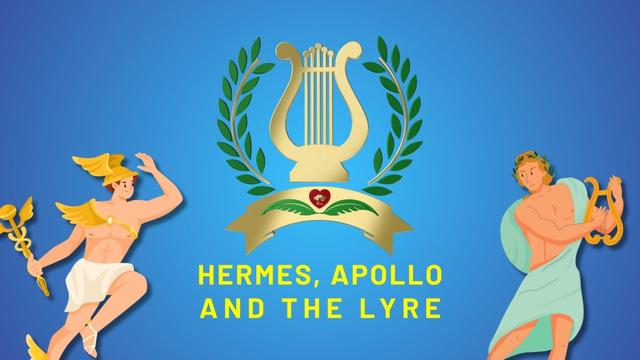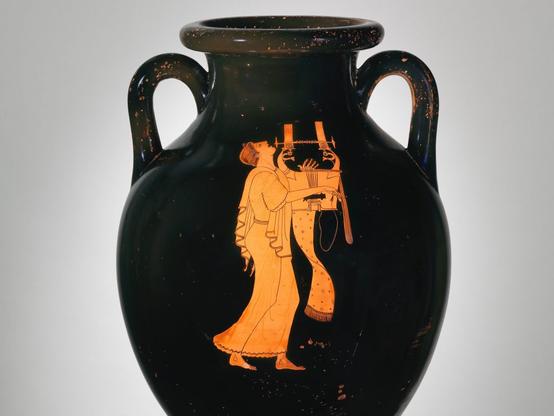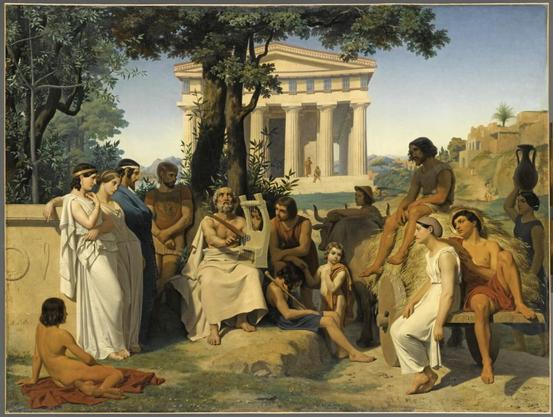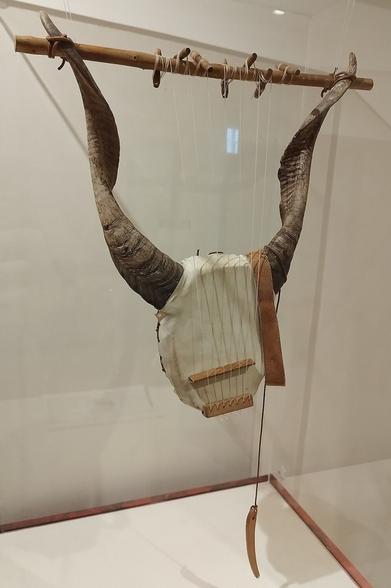🪷 The Sun is square to #Pluto and the Star Of Antinous on the cusp of #Capricorn and #Aquarius to empower you to transcend barriers and discover your hidden destiny, like #Orpheus. Don't look back! Next week's #Antinous #MoonMagic #Astrology Forecast: https://antinousstars.blogspot.com/2025/10/astro-forecast-october-23rd-2nd-2025.html 🪷
#orpheus
Aus der Serie: Martin Badenhoop und Bukowski finden #klassiker
#crausstrophobie #orpheus #arnoschmidt
@arno_schmidt_stiftung
カリオペ先輩の #Orpheus 一緒に踊ってみた💃 #shorts #dance #ダンス #vtuber #ホロライブ #hololive #博衣こより #moricalliope
https://www.youtube.com/shorts/fGkOxrKvftQ
#youtube_HakuiKoyori #hololive #ホロライブ #6期生 #生配信 #Vtuber #バーチャルYoutuber #shorts #ショート #踊ってみた #dance #ダンス #KAWAII #推しカメラ #流行曲 #トレンド #tiktok #サビダンス #激ムズ #流行ダンス #流行 #バズダンス #響咲リオナ #虎金妃笑虎 #水宮枢 #輪堂千速 #綺々羅々ヴィヴィ #moricalliope #calliopemori #orpheus #mmd
カリちゃんと一緒にOrpheusダンス! #ホロライブ #orpheus #大神ミオ #calliope
https://www.youtube.com/shorts/SxYOOqW5cC4
カリオペの『Orpheus』踊ってみた💃 # MoriCalliope #Orpheus #shorts
https://www.youtube.com/shorts/CqoO15XGrjg
#youtube_InugamiKorone #ホロライブ #VTuber #バーチャルYouTuber #戌神ころね #ホロライブゲーマーズ #hololive #ゲーム実況 #Mori_Calliope #森カリオペ
カリオペちゃんの【Orpheus】踊ってみた #orpheus #shorts #hololive #踊ってみた
https://www.youtube.com/shorts/Z03WLScE9yA
Today's poem:
Orphic Hymn to Nike
https://www.tumblr.com/ukdamo/796823551592316928/orphic-hymn-to-nike?source=share
🪷 In October, the month #Antinous died and became a god, we recall that #Antinoos was initiated into the #Orphic Mysteries of death. You are #Orpheus the musician and beast tamer. You die & enter #Hades. You are reborn like the sun: https://antinousstars.blogspot.com/2025/10/antinous-and-orphic-mysteries.html Art: #AntoniusSubia 🪷
🪷 #Antinous and the #Orphic Mysteries: "#Orpheus abstained from the love of women .... Indeed, he was the first of the Thracian people to transfer his love to males." - Ovid Metamorphoses. Full text: https://antinousstars.blogspot.com/2025/10/blessed-orpheus-god.html Art: #AntoniusSubia 🪷
🪷 In October, the month #Antinous died and became a god, we recall that #Antinoos was initiated into the #Orphic Mysteries of death. You are #Orpheus the musician and beast tamer. You die & enter #Hades. You are reborn like the sun: https://antinousstars.blogspot.com/2025/10/antinous-and-orphic-mysteries.html Art: #AntoniusSubia 🪷
October 1, 1965
Orpheus plays Carnegie Hall in New York City. He played a solo set and then introduced his new backup band – Rick Danko on bass; Robbie Robertson on guitar; Garth Hudson on the organ; Richard Manuel on piano and Levon Helm on drums. From then they would be known simply as – The Band. Listen to my playlist The Band on Amazon Music ... #bobdylan #theband #dylan #orpheus #garthhudson #richardmanuel #robbierobertson #levonhelm #rock #rockmusic #music…
ORPHEUS (Bulgària) presenta nou EP: "Rhodopian Echoes of Desolation" #Orpheus #AtmosphericBlackMetal #Setembre2025 #Bulgària #NouEp #Metall #Metal #MúsicaMetal #MetalMusic
A striking glimpse into the creative process, this charcoal sketch bridges myth and movement. Fragonard’s study of Orpheus evokes a rich narrative, while showcasing mastery in anatomy. What emotions does this dynamic figure stir in you?
#ClevelandArt #ArtHistory #Fragonard #Orpheus
https://clevelandart.org/art/2009.152.b
For more on this myth, check out our #podcast on the #mythology of the #constellation Lyra: https://starrytimepodcast.podbean.com/e/lyra-myths-and-retconstellations/
📷 :https://www.reddit.com/r/HistoryMemes/comments/nz505r/what_did_you_say/
#GreekMythology #Lyra #GreekMyth #Orpheus #Eurydice #StarLore #storytelling #meme
Hermes, Apollo, and the Creation of the Lyre
The lyre, an ancient stringed instrument, is prominent in Greek iconography and has associations with Apollo, Orpheus, and the Muses — but according to mythology, none of them actually invented it. Who created the first lyre? Read on and find out.
What Actually is a Lyre?
According to Brittanica, a lyre is a “stringed musical instrument having a yoke, or two arms and a crossbar, projecting out from and level with the body.”
Perhaps an illustration would be helpful?
Berlin Painter, Terracotta amphora from The Met Museum. Public Domain.If you grew up in Ancient Greece, you’d probably recognize that instrument in an instant. It would have been a part of your daily life. In addition to learning grammar, rhetoric, logic, math, geometry, and astronomy, Ancient Greek youths were expected to study music, choose an instrument, and practice daily. And many of the lessons for the usual subjects would have been accompanied by the playing of a lyre in the background.
Can you picture it? I once came across a painting that perfectly captured that scene. It featured a group of students, staring off into a limitless sky as if anything was possible, and a teacher, who sat to one side with a lyre in hand. I think it was done in Renaissance style. I’ve been looking for about half an hour and I cannot, for the life of me, find this painting. If anyone finds it, please tell me. It’s going to bother me forever. And just to be clear, the next image is not the painting I’m talking about.
Leloir, AugusteFrance, Musée du Louvre, Département des Peintures, INV 6175But what actually is a lyre? It’s the thing with strings stretched over it in these pictures.
The lyre is kind of like an ancient ancestor to the guitar (well, not exactly, but more on that later). Most of them were plucked by hand, but some were strummed with a plectrum or played with a bow. According to the Hornbostel–Sachs classification system, it’s in the general family of “Chordophones,” but the exact classification is as follows:
- 3. Chordophones
- 32. Composite Cordophones
- 321. Lutes
- 321.2. Yoke Lutes or Lyres
- 321. Lutes
- 32. Composite Cordophones
There are tons of different types of lyres. They’re found all of over the world. There are box lyres, bowl lyres, bull lyres, thick lyres, thin lyres, giant lyres, western lyres, and others like the phorminx and barbitos. These vary in size, materials, how the strings are held, and how the instrument resonates. When we talk about lyres in ancient Greece, however, as well as the ones discussed within Greek mythology, we’re generally looking at one of two specific instruments: the lyra and the kithara.
Real quick? Here’s a helpful pronunciation guide to these easily confused words.
- Lyre is pronounced “LIE·ur” although some will say “LEER“
- Lyra is pronunced “LIE·ruh” although some will say “LEE·ruh“
- Kithara is pronounced “KITH·uh-ruh” although some will stress the second syllable
While your average citizen or student might have possessed a lyra, the kithara was reserved for professional musicians (and interestingly, Ancient Greece may have given the world its first “professional” musicians, but that’s a completely different topic). One key difference between the two was the number of strings — the kithara had more, and could therefore play a much wider range of pieces. Visually speaking, however, they would have looked quite different. Lyras were commonly built around a tortoise shell, placing them in a further sub-classification of “bowl lyres.” Kitharas were usually made of wood, with a wooden soundboard, and are further sub-classified as “box lyres.” Due to its wooden construction, the kithara probably made a slightly more pleasing sound (after all, we don’t really build guitars out of turtle shells, do we?)
Here, just go watch this guy who has basically spent his life trying to recreate these instruments and playing styles. He was interviewed by World History Encyclopedia, so it’s pretty official.
https://www.youtube.com/watch?v=MbzvK7LAiYc
Mythological Origins
The story of how the lyre was created is actually quite hilarious. As with most Greek myths, there are several versions, but I will recount one to you…
As a little background, understand that in this story, Hermes has only recently been born and Apollo has certain domain over cattle (he’s got some sacred herds of cows).
Hermes got bored one day and decided to steal some of Apollo’s sacred cows. He made special shoes for them that faced backward so that Apollo would be unable to properly track their trail. Hermes walked the cows to a mountain and sacrificed some of them, but did not burn their entrails. While he was hanging out, he found a turtle and decided to “make it sing.”
That poor turtle.
Hermes scooped the flesh out of the turtle shell, strapped some horns to it, and made strings from the cow gut that was leftover after his sacrifice. Boom. The lyre was born.
Apollo eventually found out and was understandably pretty pissed at Hermes.
Hermes’ first lyre may have looked like this. Picture by Denexeitelos, courtesy of Wikimedia Commons.In order to smooth out the situation, Hermes traded the lyre for the cows that he had sacrificed. And thus, he took on his role as patron of shepherds (which he later gave to Pan)… and Apollo became the glorious god of music we know and love today.
The lyre remains one of Apollo’s most recognizable symbols (although it is usually depicted as a kithara and not a shell/bowl lyre), but now you know that he didn’t invent it!
Other Examples and Associations
As I mentioned earlier, lyres have been found in ancient civilizations all over the world. The Ancient Greeks probably picked up the idea from the Ancient Egyptians, but just about all cultures out of the Fertile Crescent area had their own version.
In the Bible, King David is renowned for his harp-playing abilities. Well, it’s called a “harp” in modern translations, but the actual instrument was most likely a kinnor, an ancient Israelite lyre.
Psalm 43 says, “Yea, upon the harp will I praise thee, O God my God.” (KJV)
Some older Latin translations say it this way:
“Confitebor tibi in cithara, Deus, Deus meus”
Recognize that word? Yep. cithara is Latin for kithara.
Erato by Joseph Fagnani, 1869, from The Met Museum. Public Domain.Aside from all of those references, you’ll see lyres in plenty of other places. Orpheus, for example, played the lyre better than the sirens could sing.
Among the Muses, Erato and Terpsichore are most commonly depicted with a lyre, but some interpretations of Calliope may include one as well.
Perhaps worth pointing out is that I’ve seen a few paintings described as “muse with lyre” where the instrument in question is actually a harp. The image on the left here shows a lyre (note the crossbar). It’s okay, I won’t blame the artist for the confusion.
Harps are slightly different instruments and have a more triangular shape. Lyres are more boxlike.
There are lyres in Egyptian, Sumerian, and Minoan artwork. There are lyres in Roman frescoes. There are lyres in Greek statues. Like I said, there are lyres pretty much all over the world.
In the Sky
And there’s also a big lyre in the sky!
Urania’s Mirror (left) and photo by Till Credner (right)
The ancient constellation Lyra represents the lyre of Orpheus.
Disambiguation
It’s always bothered me that the lyre is in the lute family. Lutes are commonly defined by having a neck. Guitars have necks. Violins have necks. Lyres don’t have necks — they have arms. It’s different. Generally speaking, a neck directly supports the strings of an instrument, while arms support something else (like a yoke) that supports the strings.
That’s all. I had to put that in here somewhere.
Oh, and if you’re wondering about how the guitar came about, the ancestry kind of works out this like:
Lyre -> Lute -> Vihuela -> Guitar
Although to be honest, there were actually several instruments that simultaneously influenced the birth of what we today would call a guitar.
So now you know more about the lyre. I hope you’re happy.
#ancientEgypt #ancientGreece #apollo #cithara #greekMythology #hermes #kithara #lyra #lyre #myth #orpheus
Another Side of Bob Dylan
August 8, 1964 ~ Orpheus releases his fourth album. It's different from his previous albums which didn't sit well with some of the tight-asses in the folky community. Listen to Another Side of Bob Dylan on Amazon Music ... #bobdylan #dylan #orpheus #60smusic #folk #folkrock #anothersideofbobdylan #rock #rockmusic #music #musicsky #musiciansky
http://robinbannks.com/2025/08/08/another-side-of-bob-dylan/
I’m the least of his worries
'Behind the Music' Interviews Eurydice
Brett Shaw
#Poetry #BrettShaw #Eurydice #BehindTheMusic #Orpheus #Myth #Music #Mockingbird
http://storysouth.com/stories/behind-the-music-interviews-eurydice/
July 25, 1965 — Dylan shocks the world.
July 25, 1965, at the Newport Folk Fesitval. Orpheus goes electric and the folkie tight-asses lose their collective minds. Dylan gets boos but doesn't give a shit. He turns to the band and says, "play it loud." Mike Bloomfield on guitar and Al Kooper on organ join the fun. #bobdylan #newportfolkfestival #60smusic #folkrock #orpheus #music #rockmusic #musicsky #musiciansky #classicrock
http://robinbannks.com/2025/07/25/july-25-1965-dylan-shocks-the-world/

